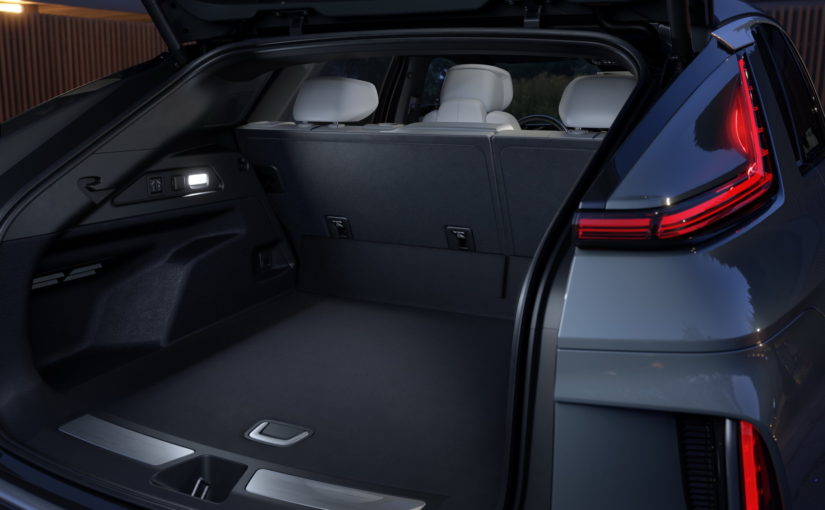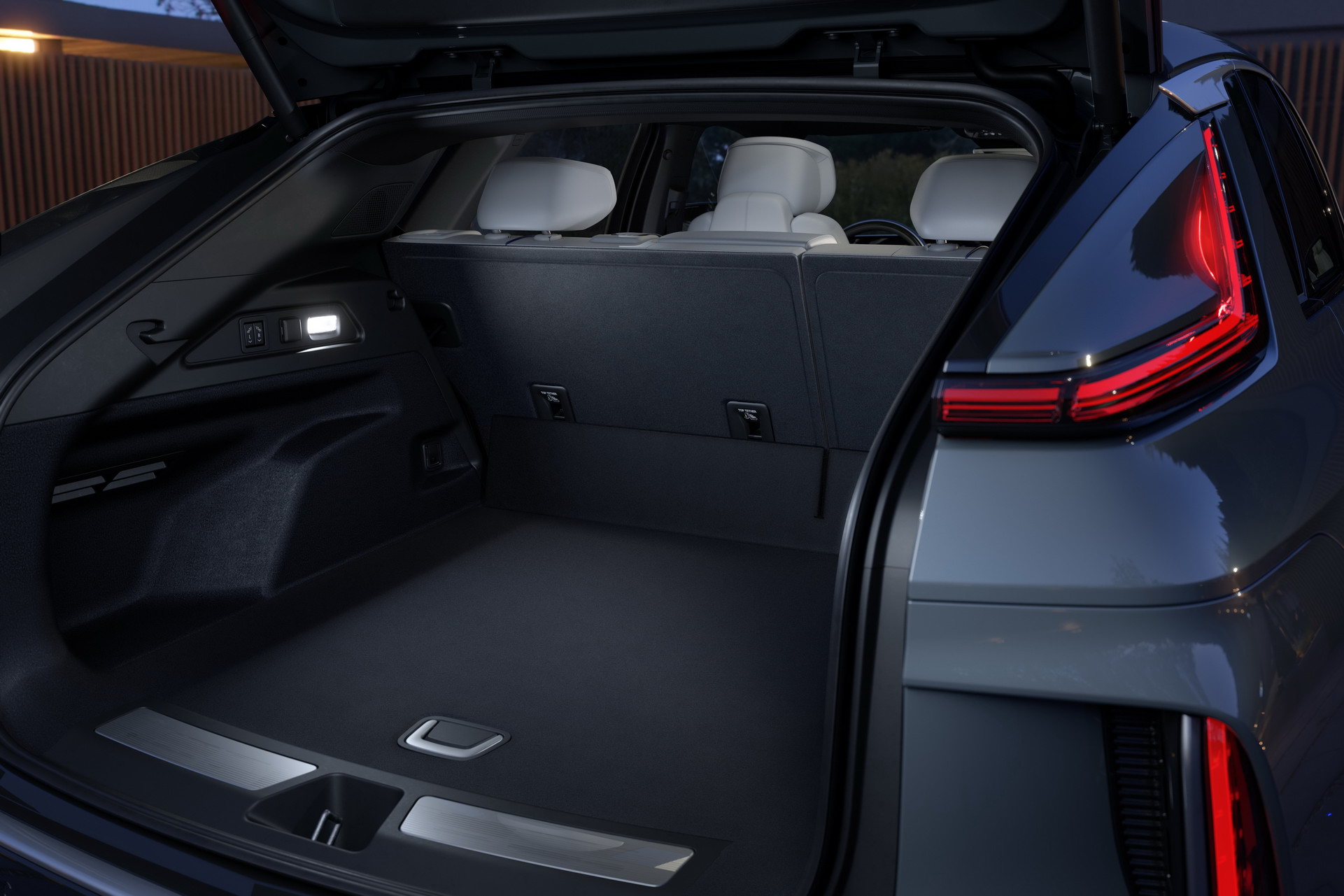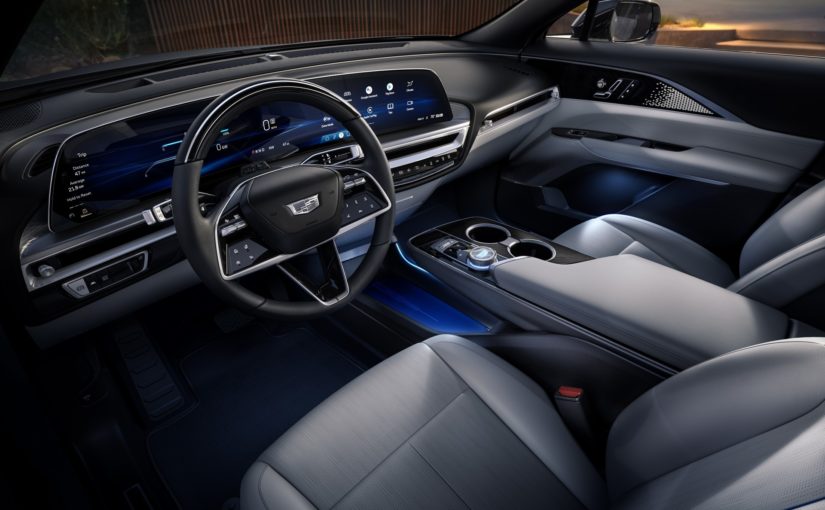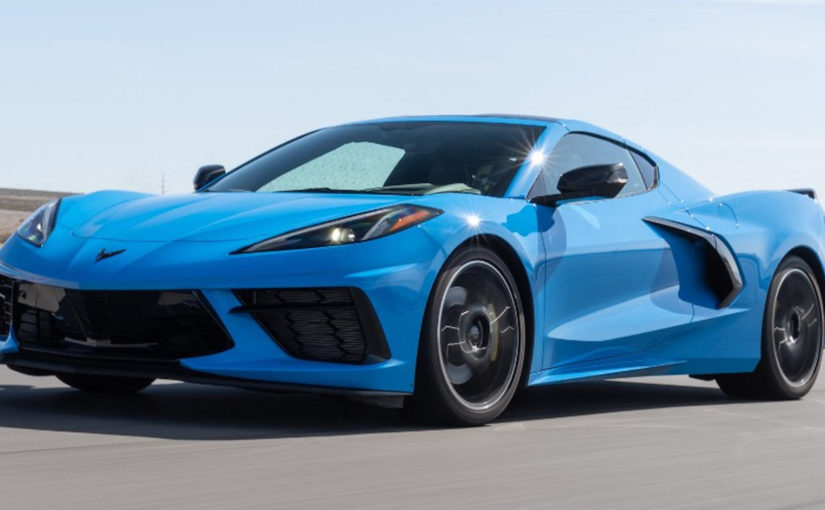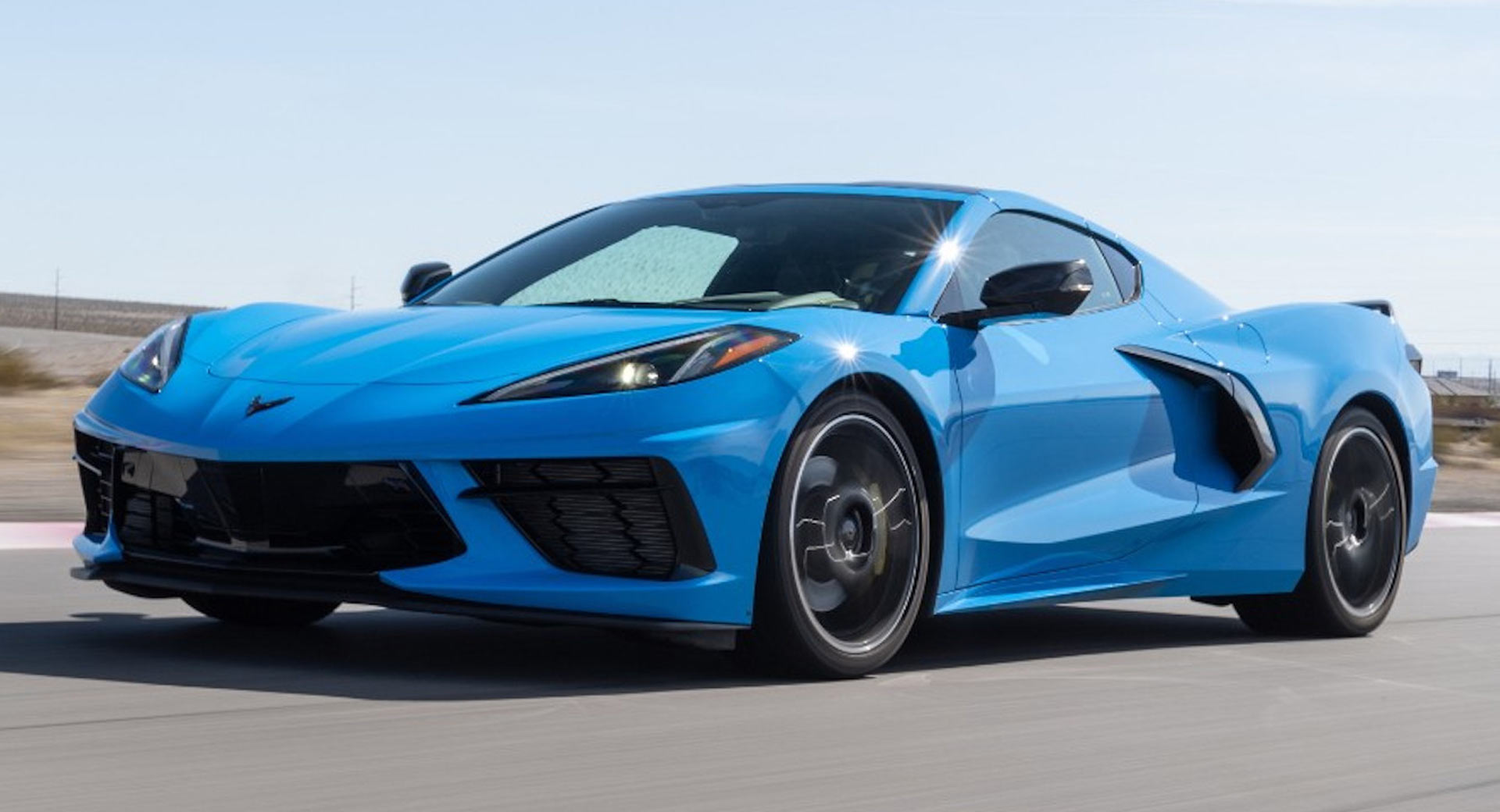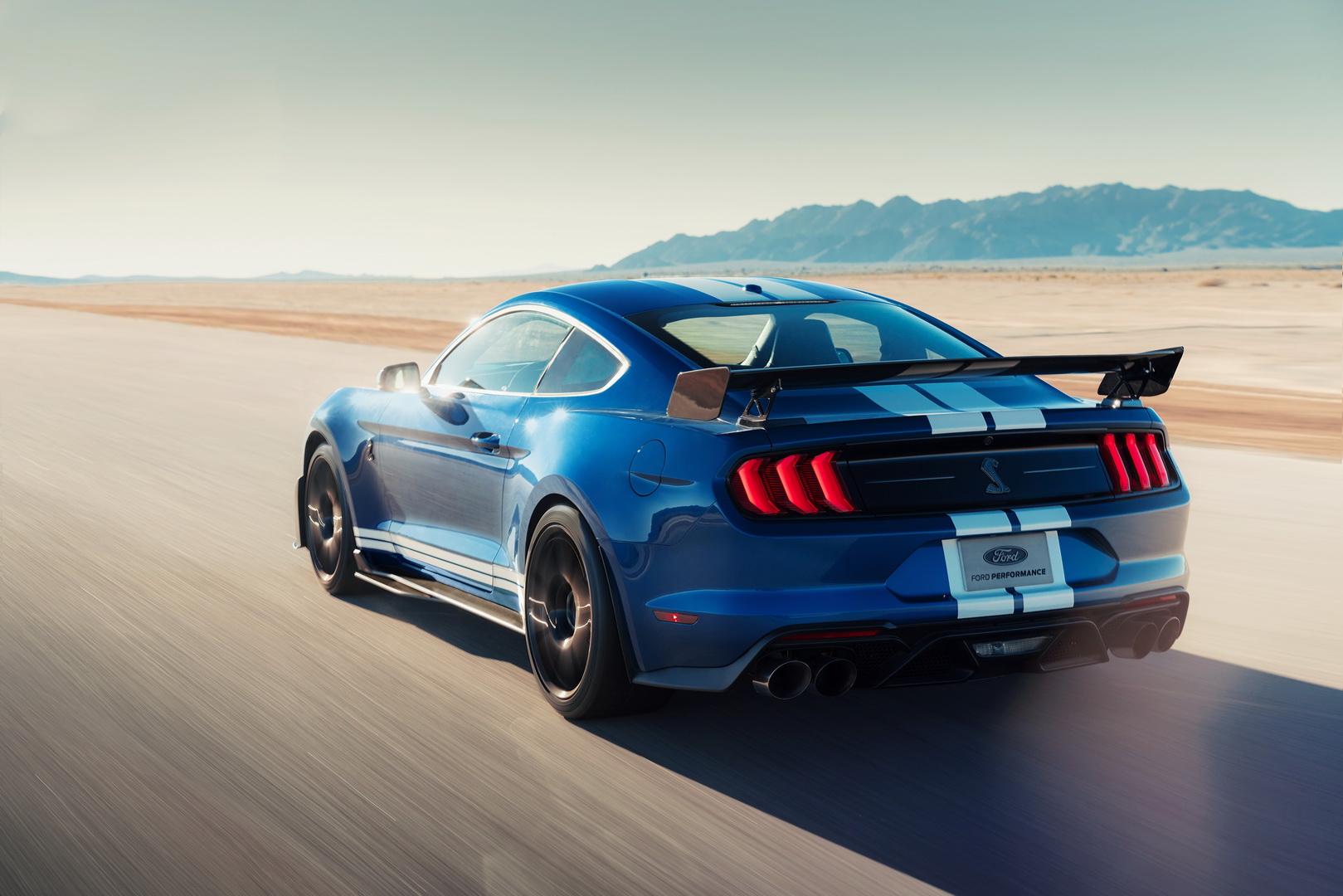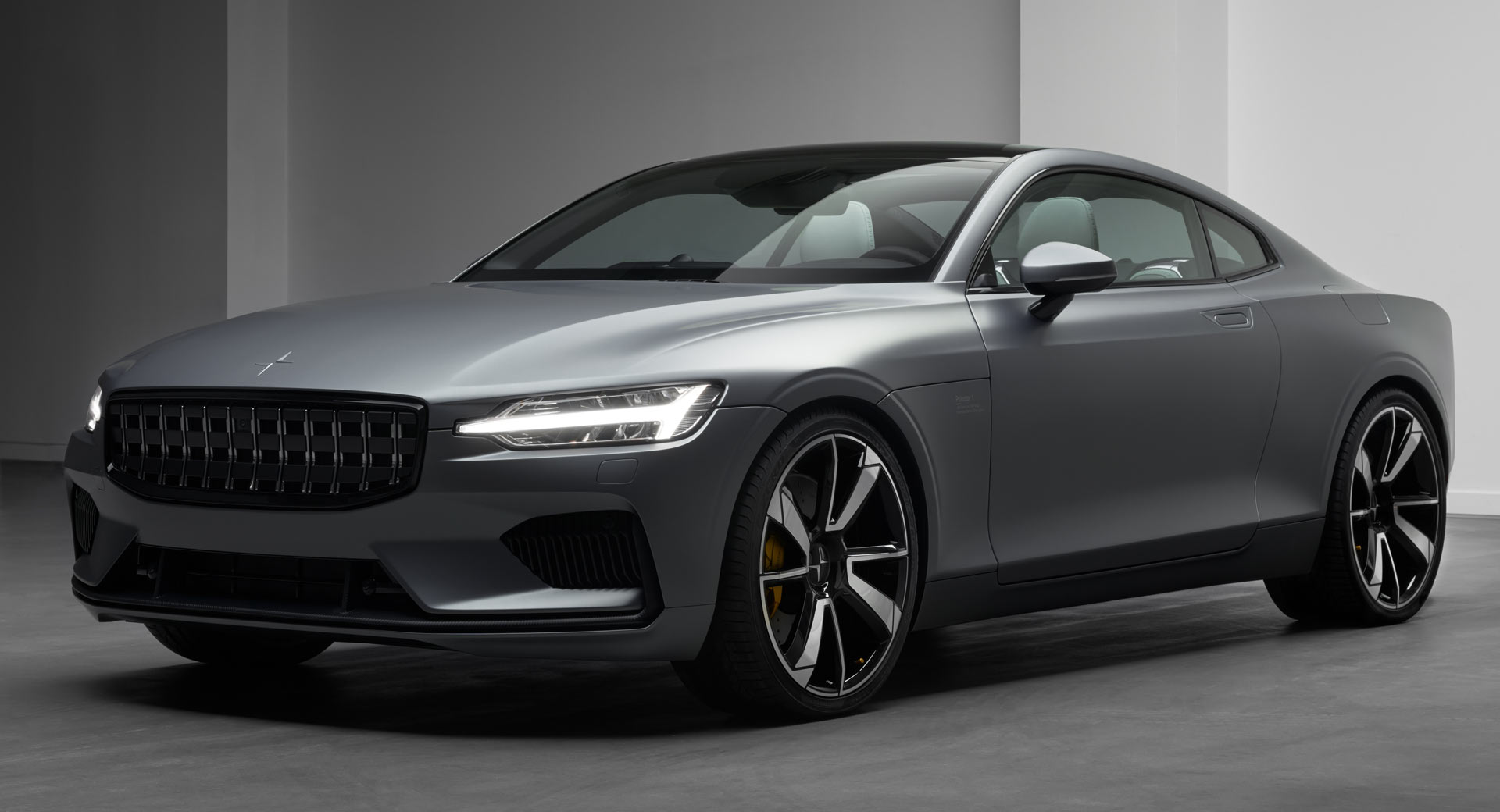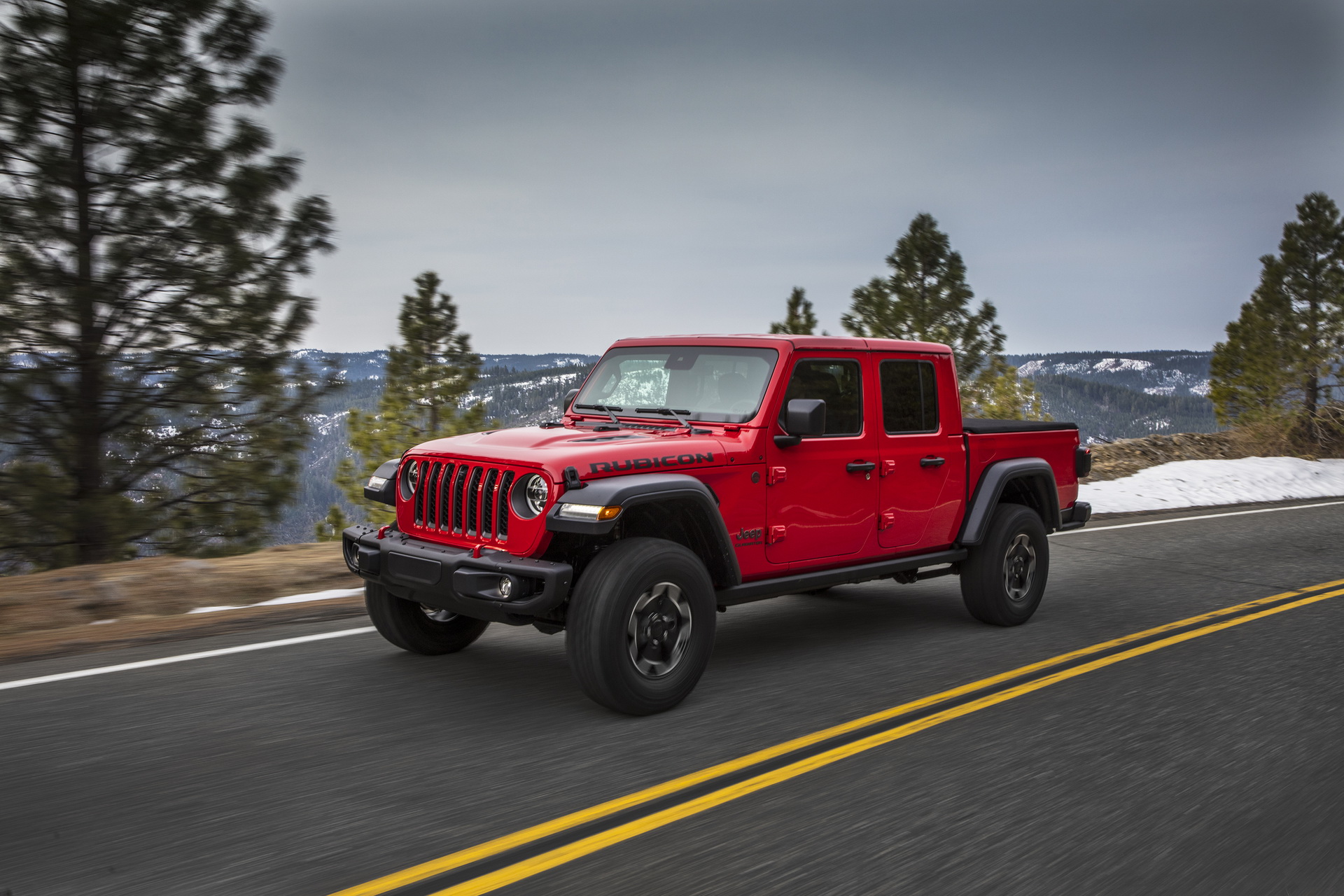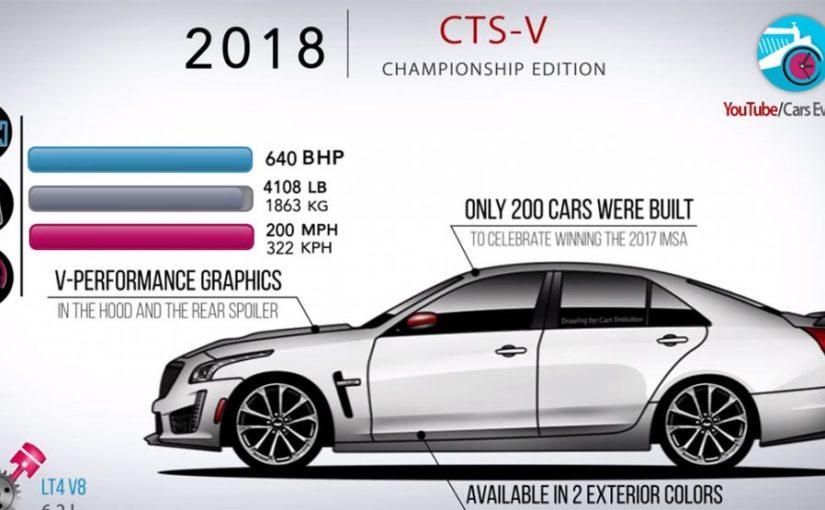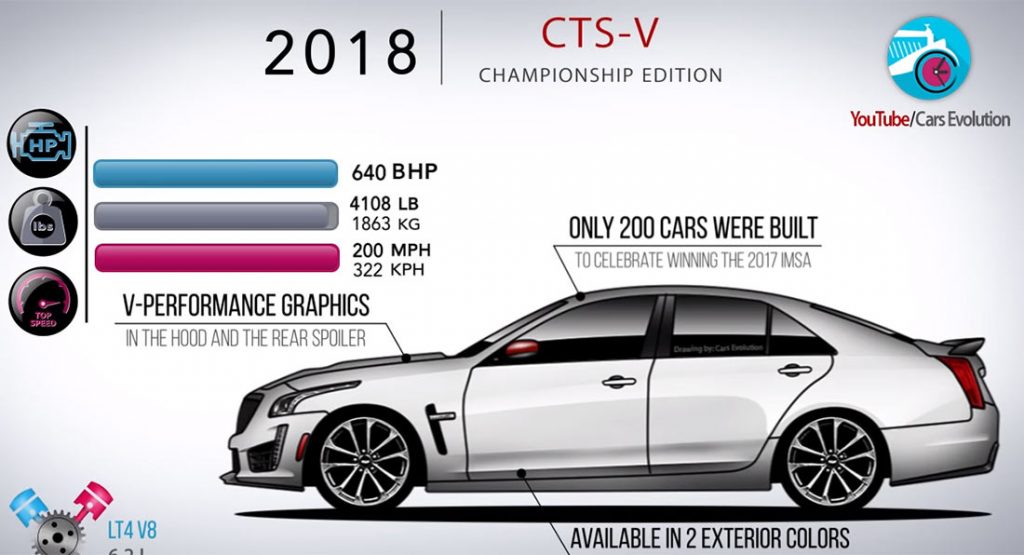Cadillac is transitioning to an electric-only brand and that process is underway as the company has unveiled the 2023 Lyriq.
Previewed by last year’s thinly-veiled concept, the production model is the “culmination of a century of innovation and the beginning of a great new era.”
Cadillac stayed true to the Lyriq Concept
As you can see, the 2023 Lyriq closely echoes the concept as it features a black crystal grille with an illuminated emblem as well as lights that activate in choreographed sequences. The model also has “slim-line” LED headlights and a lightly revised front bumper.
Also Read: 2022 Audi Q4 e-tron Electric SUVs Coming From Under $45k In RWD And AWD Forms
[embedded content]
Moving further back, we can see flush-mounted door handles and conventional side mirrors. While the latter is a change from the concept, the production model retains distinctive taillights which wraparound the side of the vehicle and continue up the rear pillar. The model also comes standard with 20-inch wheels, but 22-inchers will be optional.
The Lyriq measures 196.7 inches (4996 mm) long, 77.8 inches (1977 mm) wide and 63.9 inches (1623 mm) tall with a wheelbase that spans 121.8 inches (3094 mm). This means it’s 1.8 inches (46 mm) shorter than the XT6, but offers a 9.1 inch (231 mm) longer wheelbase.
There’s a 33-inch digital screen inside
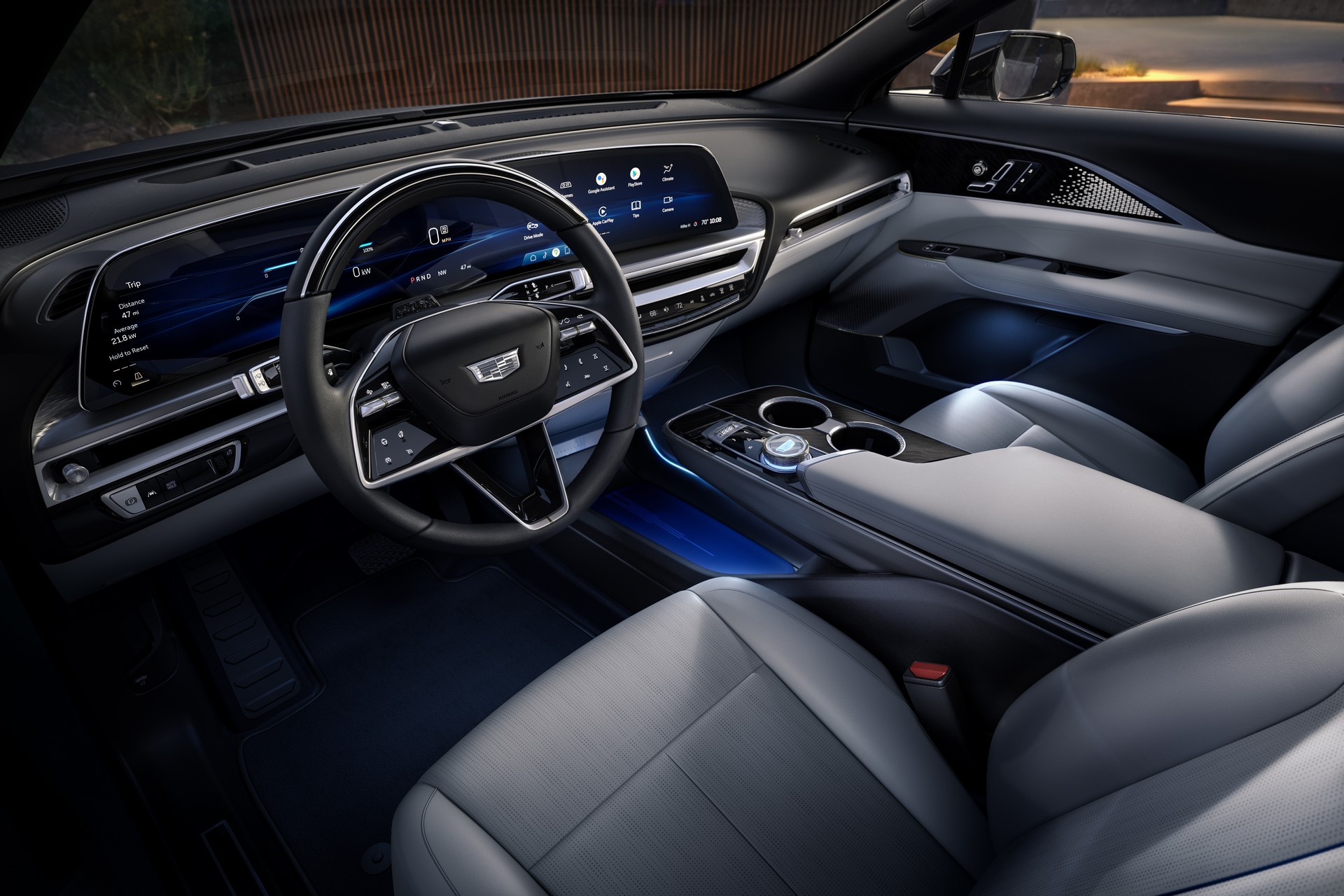
Cadillac interiors have left something to be desired, but the 2021 Escalade showed what the company was capable of. The Lyriq builds on that by featuring a cabin worthy of the wreathless crest.
Drivers sit behind an all-new steering wheel and find themselves looking at a freestanding display which spans 33-inches (838 mm). Unlike in the Escalade, this display appears continuous and Cadillac noted it can show over one billion colors.
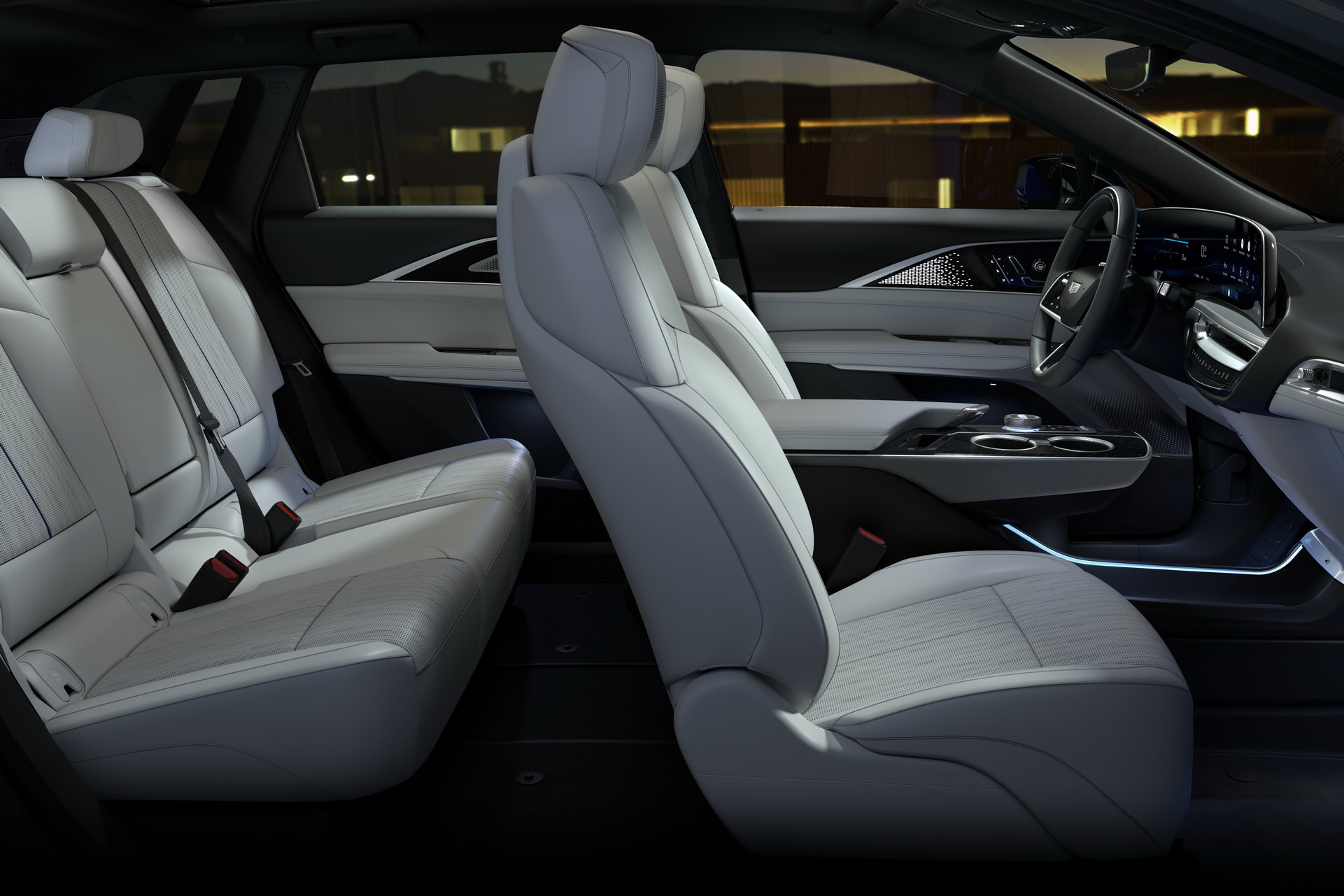
Elsewhere, we can see a floating center console and slender air vents. The model also has laser etched wood and metal trim as well as a 19-speaker AKG Studio system. Cadillac also said drivers will find digital key technology and a next-generation active noise cancellation system.
Besides featuring an upscale design, the cabin is spacious as there’s 39.6 inches (1006 mm) of rear seat legroom. The model also has a cargo capacity of 28 cubic feet (793 liters), but that can be expanded to 60.8 cubic feet (1723 liters) by folding the rear seats down.
The spec sheet includes a 340hp electric motor, over 300 miles range
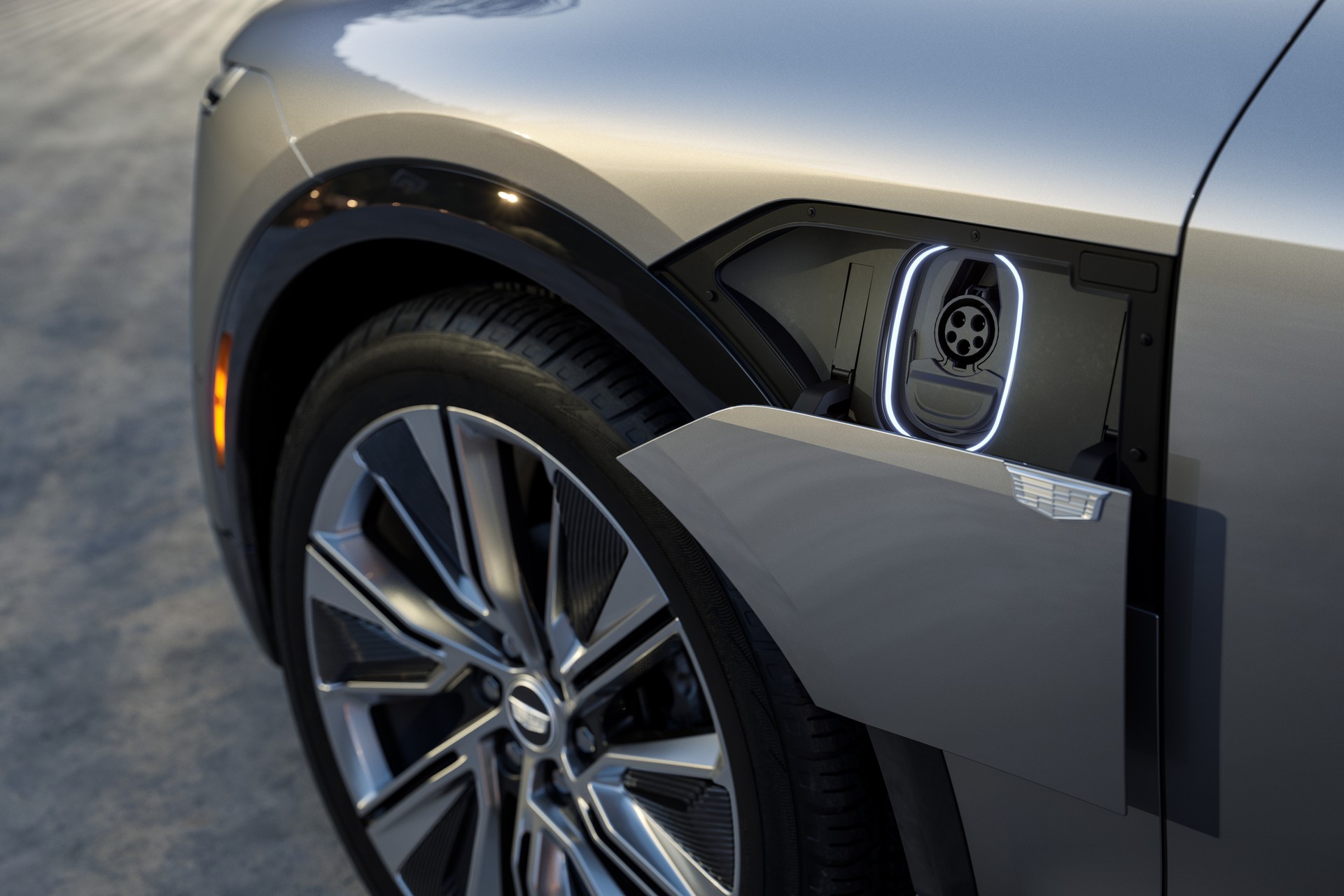
At launch, the Lyriq will feature a 100 kWh lithium-ion battery pack and a rear-mounted electric motor that produces an estimated 340 hp (254 kW / 345 PS) and 325 lb-ft (440 Nm) of torque. Cadillac didn’t say how fast the crossover will be, but noted it should be able to travel more than 300 miles (483 km) on a single charge.
When it comes time to recharge, owners will be thankful for the Lyriq’s 190 kW DC fast charging capability. It enables the crossover to get up to 76 miles (122 km) of range in 10 minutes and up to 195 miles (314 km) in 30 minutes.
However, most charging is done at home and this is where a 19.2 kW charging module shines as it can deliver up to 52 miles (84 km) of range per hour. Owners can also use a 11.5 kW charger and this delivers approximately 31 miles (50 km) of range per hour. With a 120V outlet, that drops to 3.5 miles (5.6 km) per hour.
RWD only for now, but AWD versions will follow
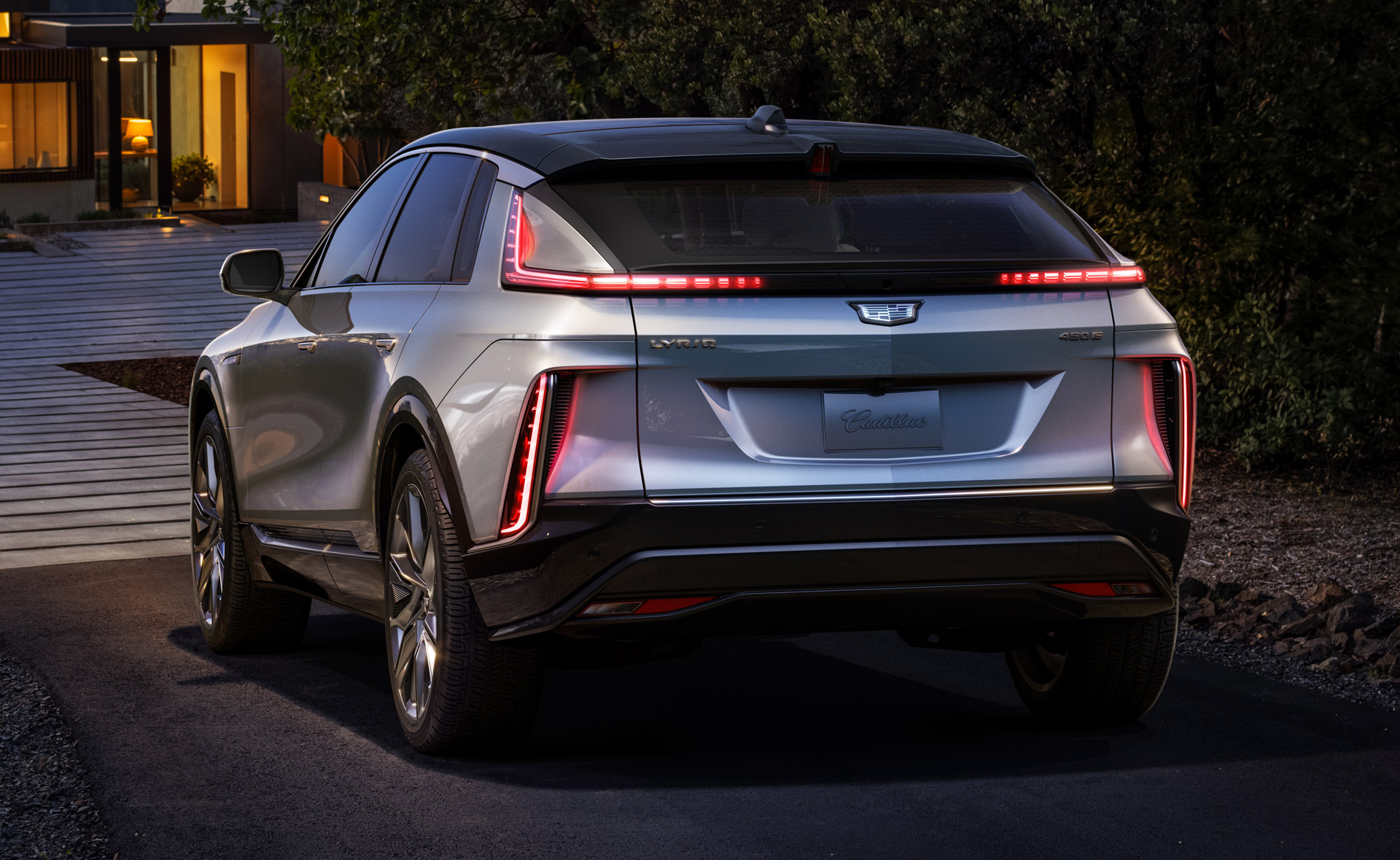
While the Lyriq will be rear-wheel drive only at launch, Cadillac officials confirmed additional variants are on the horizon. They didn’t go into specifics, but said we can expect all-wheel drive and all-wheel drive performance models in the future.
Speaking of performance, the Lyriq will offer one-pedal driving as well as variable Regen on Demand technology. The latter allows drivers to use a pressure-sensitive paddle on the steering wheel to control how quickly the vehicle slows down or comes to a stop. The model will also be offered with the Super Cruise semi-autonomous driving system, which allows for hands-free operation on more than 200,000 miles (321,869 km) of roadway in the United States and Canada.
Prices starting from $59,990, deliveries from next year
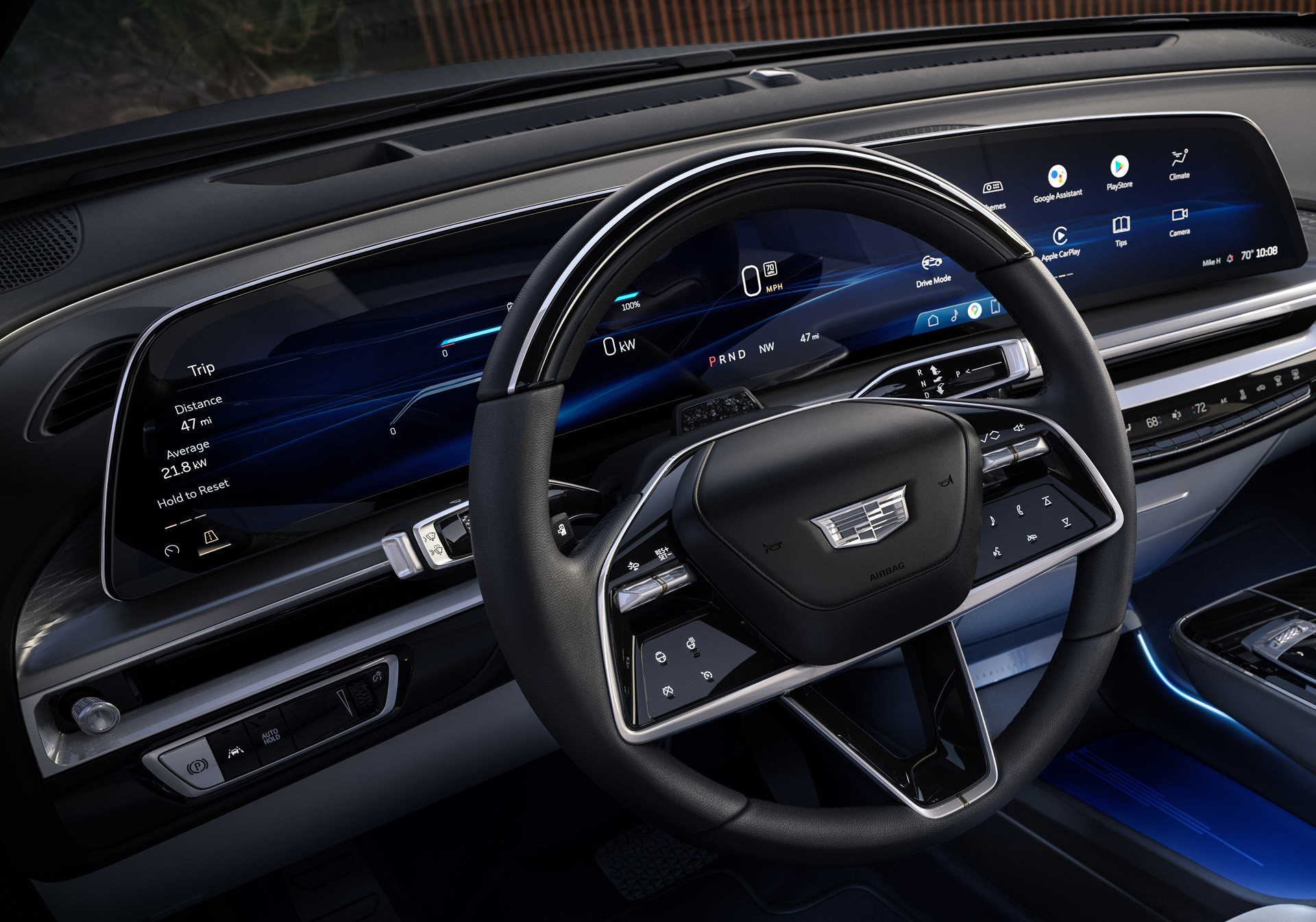
Cadillac will begin accepting reservations in September and pricing will begin at $59,990. The Lyriq will be built in Spring Hill, Tennessee and deliveries are slated to begin in the first half of 2022.
It will be followed by an assortment of other electric vehicles as Cadillac is set to phase out internal combustion engines by 2030. While a number of people will be sad to see them go, Cadillac’s next EV will be the Celestiq and it’s certainly something to look forward too.
PHOTO GALLERY
more photos…
For GREAT deals on a new or used Nissan check out STAR NISSAN OF BAYSIDE TODAY!
